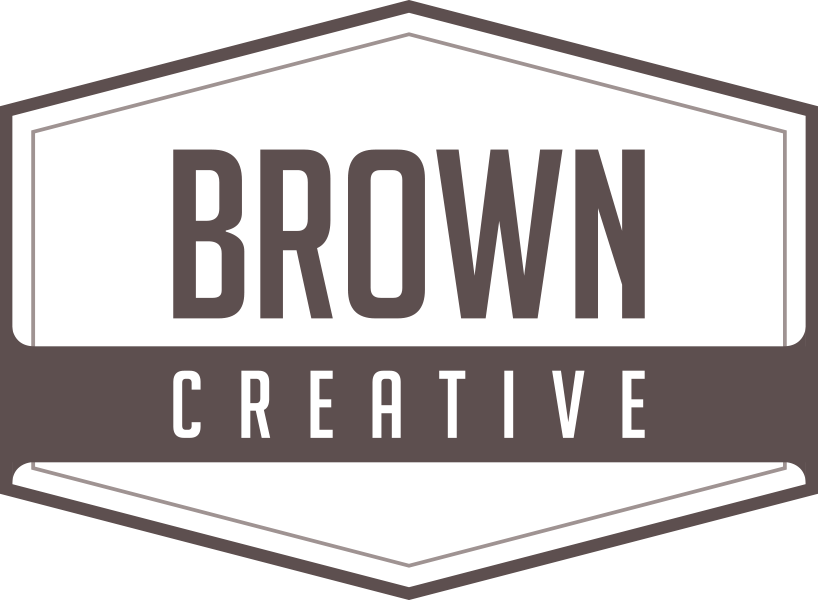The way a new visitor interacts with a website can make or break the reputation of your construction company. Ensuring web users have a smooth and friendly experience is integral to a website’s rank on top search engines. The design of a remodeling website can impact the user experience in various ways. It is, therefore, essential to keep a website easy-to-navigate and straightforward to make browsing user-friendly. Certain elements have to be considered when designing a website for a remodeling or contractor.
1. Scannability
Most Internet users prefer scanning a web page before reading its content to determine if its content is relevant to their search. However, website owners should add a few scannability components to their website to ensure potential clients don’t abandon their site. These elements include bullet points and numbered lists, segmenting content with headers, breaking up text monotony with crossheads, and keeping paragraphs and sentences short and precise.
2. Videos and Images
Our brains tend to understand visual content better than written content. The brain can process videos and pictures 60,000 times better than text. It is no secret that 90% of the content that the human brain absorbs is naturally visual. Therefore, overlooking the importance of professional photography on a website could deprive potential clients of things that they crave. It is no surprise that the top ranking sites feature at least seven images on each of their service pages. Thus, a video or picture would be worth thousands of written words.
3. Spelling and Grammar
Your website doesn’t have to be perfect in grammar and spelling. But grammar and spelling errors are the most avoidable mistakes a website owner can ever make. Grammatical and spelling errors make a website look pathetic in a prospect’s eyes. Grammarly is a great tool for anyone struggling with spelling and grammatical errors.
4. Make the Website Responsive
Responsiveness of a website means compatibility with various screen sizes, including mobile phones, tablets, and desktop computers. Recent research claims that more than half of Internet users are browsing on their mobile devices. So, it is time every website owner prioritizes making their website mobile-friendly. Nothing is more frustrating than trying to view a desktop website on a mobile device. Responsiveness is a must-have element for anyone interested in creating a user-friendly website. Your website could have a mobile version, but web developers are moving to responsive website designs. A user-friendly website should reposition itself based on the size of the screen. Making a website responsive is much easier and inexpensive than managing two separate website versions.
5. White Space
Cramming large quantities of content into every corner of a web page can drive traffic away. However, using white space can be critical to designing a user-friendly website. White space makes everything on a website feel comfortable and open and helps keep visitors focused. White space can help increase web users’ comprehension by almost 20%. White space also acts as a buffer between various web components such as margins and sidebars. Including plenty of empty spaces in a website makes everything look organized and clean.
6. Copyright Free Images
One mistake a website owner can make is copying an image from another website and pasting it on their site. Pirated web content can harm a website’s reputation and affect user experience. Always upload high-quality royalty-free and copyright-free images to your website to avoid tainting your site’s reputation. Visuals are powerful enough to draw the attention of your visitors. Therefore, web users should make the best of the images they upload to their websites.
7. Font and Color
The font and color used to represent a brand can define how prospects will perceive it. Website owners should choose professional colors and fonts that relate to the nature of their products and services. Choose and stick to your theme and keep every web page synchronized with that theme. A clear and readable font can also help grab new visitors’ attention immediately when they land on your website.
8. User-Friendly Navigation
Remodeling website owners should design their navigational structure such that even a kid can understand how to use the website. Research claims that it takes less than a second for a web visitor to decide whether to stick around web pages or not. Complicating your site’s navigational structure can ruin the user experience and prompt web users to turn elsewhere.
9. Avoid Unnecessary Tools and Features
Remodeling web owners should leave enough breathing space for their content. It is no longer necessary to fill a remodeling website with unnecessary plugins and features. It is hard for a web user to maintain attention on a website crowded with many unnecessary plugins and features. Interior design websites should adopt a minimalistic style and keep everything simple to make it easier for users to search their services and navigate different pages.
10. Contact Forms and Reviews
Including a contact section and reviews/testimonials in a website seems pretty obvious, but it is often overlooked. The goal of designing a remodeling website isn’t just for anyone to visit it. Instead, the role of a remodeling website should be to increase the conversion rate. Every website should feature a Contact Us and reviews/testimonials page to make it easier for prospects to reach you.
11. Project Gallery
Remodeling contractors should include their project gallery in their website to showcase the quality of their work and highlight past projects. This helps prospective clients get a real sense of what their space could become and conveys trust and credibility to see the type of work you have done in the past. This is an area that you’ll want to hire a professional photographer to take high quality before and after photos to really showcase the transformation in the best way possible.
. . .
Considering these critical elements when designing a remodeling website can help enhance user experience and drive more traffic toward your website. These elements can help optimize a bath, kitchen, or interior design website for search engines. A website isn’t a brochure but a tool with built-in sales funnel. Its primary goal should be to draw more qualified visitors to your remodeling web pages.
Let us help you create you a beautiful website that has all of the elements you need to attract and convert your ideal customer. Contact us today to learn more!


